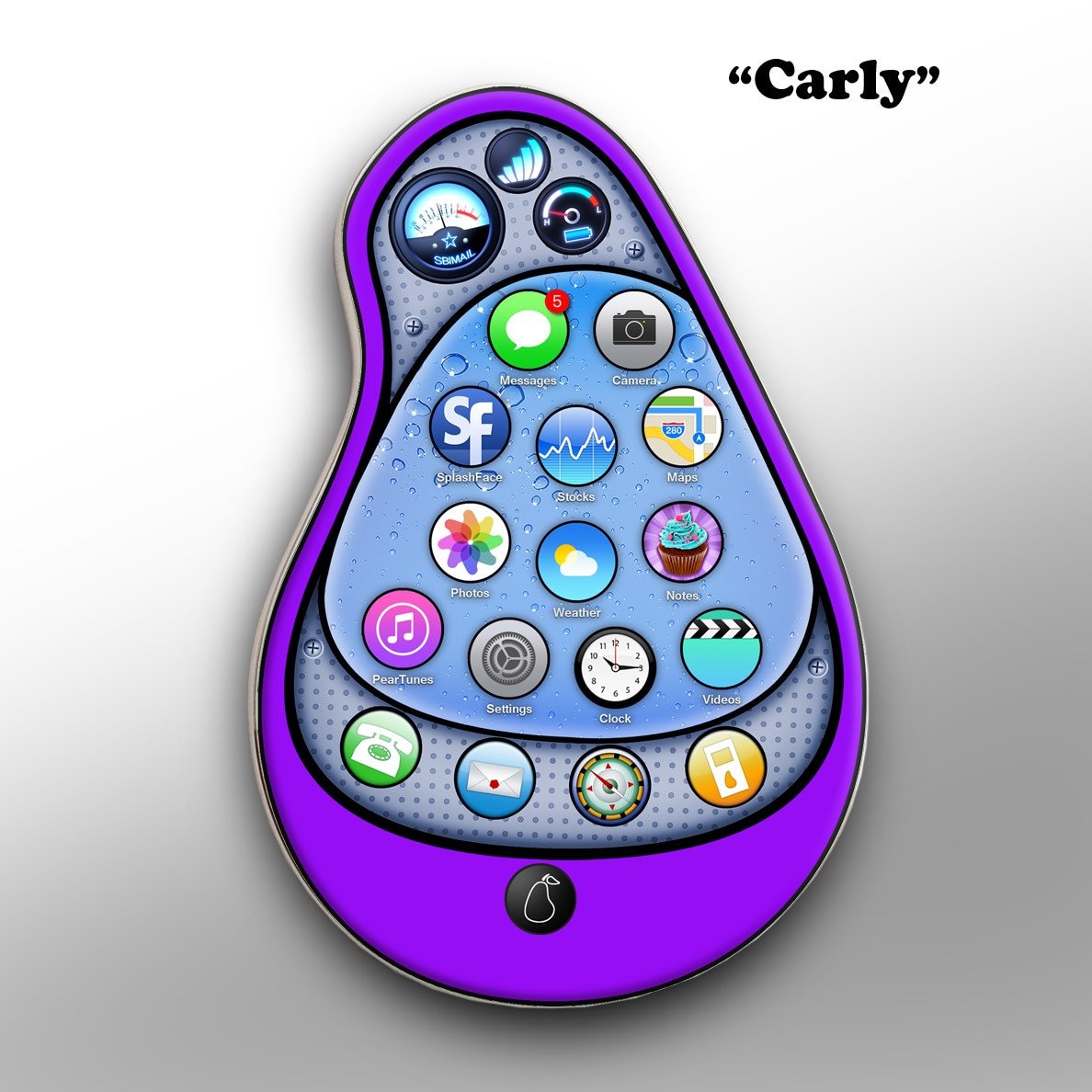Today, there are more mobile phones than people on the planet. Basically all mobile and smart phones resemble a rectangular brick. Some fold, some have many screens, all are various degrees of rectangles.
In a decade, will most people’s primary “device” (what they use to connect to the Internet, or its successor) be a “rectangle”?
I’ve included a breakdown of what I view as a rectangle below, please ask any/all clarifying questions. Resolves at the end of 2034, based on the US population.
List of current devices that I consider to be a “rectangle”
All classic mobile phones (Blackberry to iPhone and Samsung)
All classic foldable phones (Sidekick to Samsung Flips)
All modern watches (Apple Watch, Pixel Watch, Fitbit, Garmin) - Just a rectangle on your wrist
List of current devices that I don’t consider to be a rectangle:
Wearable VR/AR glasses (Apple Vision Pro, Meta Quest, Google Glass)
Non-Screen Based Hardware (AI Pin)
Brain hardware (Neuralink)
See another futuristic market I made
People are also trading
@shankypanky Well, it doesn't matter, because OP considers a Garmin Watch to be a rectangle:
> List of current devices that I consider to be a “rectangle”
> * All modern watches (Apple Watch, Pixel Watch, Fitbit, Garmin) - Just a rectangle on your wrist
@MingweiSamuel more seriously, “rectangle”, is in quotes because I assume one’s primary device, where people are watching movies and videos, and placing [video] calls, will be a rectangular screen to match the incoming video format.
If Apple shifted to the iCarly-verse, and they released a pear shaped phone, I would still count that as a “rectangle”. Humane’s pin is screenless and uses your hand as the display surface. That goes beyond rectangle-ness. Apple Vision Pro projects things into your 3D space, also non-rectangular.
Does that clear things up?
iCarly phone:

@mattyb I'm feeling "rectangle" here is actually "anything that primarily uses a 2d visual screen display (regardless of actual shape)", but that doesn't have quite the same ring to it
(2d as in a 2d manifold AKA mathematical surface, so includes curved and folding screens)
@MingweiSamuel yea, that’s probably an accurate description but there may be some subtle additional nuance that I’m not thinking of right now.
Phones and watches are cheap, non-invasive, and have the best interaction method for users to quickly and privately interact. AI pins are a gimmick which also don't seem to work. Headsets have inconvenient, non-private, or otherwise un-ideal interfaces, on top of their continued high costs. Getting surgery will never manage to be cheaper than a phone, though it's got the most private interface method of all. I'm really not seeing any universe where bricks fall to any of those. Literally the closest I can imagine to a yes resolution is if Apple changes the shape of the iPhone.
@Marnix I agree, moreover, computer screens have always been a rectangle, people just made them smaller to fit in pockets. Before that TV and movie screens were rectangles, and even before that - photographs, books, scrolls, clay tablets. With some exceptions, information has always been represented visually in a rectangle.
What if it’s some kind of hybrid device? e.g. a phone but then connects to AR glasses (so much of the heat, weight, battery etc. is external to the glasses enabling them to be more comfortable & lightweight).
And, for the sake of argument, there’s still some compute done in the glasses themselves so it’s less a peripheral (like Airpods) & more like an Apple Watch in that it’s a device that can also be used independently of the phone when needed.
@elf if it’s a rectangle hybrid, I’d consider resolving to percent. I don’t count the Vision Pro’s battery as a rectangle, but if most people have phone + glasses, as some hybrid combo, this would Resolve to some percent.